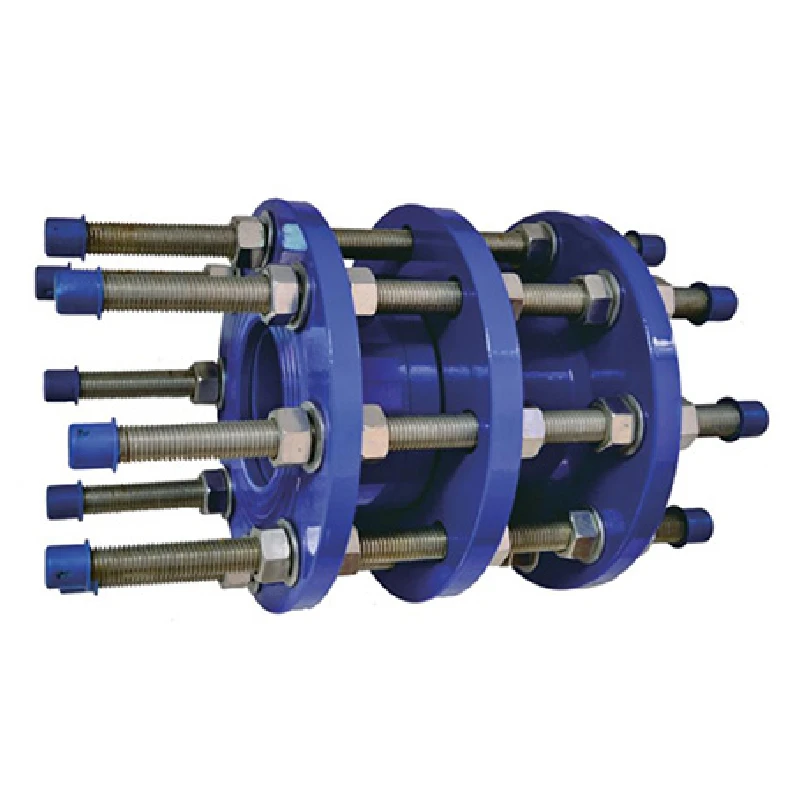12 月 . 03, 2024 18:49 Back to list
control valve
Understanding Control Valves The Unsung Heroes of Fluid Control Systems
Control valves play a pivotal role in various industries, acting as the gatekeepers of fluid flow. Whether in oil and gas, water treatment, pharmaceuticals, or manufacturing, these devices are essential for maintaining system efficiency and safety. In this article, we will delve into the basic function, types, selection criteria, and challenges faced by control valves, underscoring their importance in fluid control systems.
What are Control Valves?
At its core, a control valve is a mechanical device that modulates the flow of a fluid by varying the size of the flow passage. The primary function of a control valve is to regulate flow rate, pressure, temperature, or liquid level in a system. This is achieved by responding to signals from a control device, such as a PLC (Programmable Logic Controller). By adjusting the opening of the valve, operators can ensure that processes operate within desired parameters, thereby optimizing productivity and compliance with safety standards.
Types of Control Valves
Control valves come in various types, each designed to fulfill specific functions. The main types include
1. Globe Valves Known for their excellent throttling capabilities, globe valves can precisely control flow. They use a plug-type disk that moves up and down to open or close the opening. However, their pressure drop is typically higher compared to other types.
2. Ball Valves These valves operate by rotating a hollow, perforated sphere (the ball) to create and stop flow. Ball valves are favored for their quick opening and closing capabilities and are ideal for applications requiring minimal flow restriction.
3. Butterfly Valves Featuring a circular disc that pivots to regulate flow, butterfly valves are lightweight and compact. They provide good flow control and are commonly used in large piping systems.
4. Plug Valves Similar to ball valves, plug valves have a tapered or cylindrical plug that rotates to open or close the flow path. They are simple to operate and maintain.
Selecting the Right Control Valve
control valve

The selection of an appropriate control valve for a specific application involves several critical factors
- Fluid Characteristics Understanding the properties of the fluid, including viscosity, temperature, and corrosiveness, is essential in choosing materials and valve types that can withstand operating conditions.
- Flow Requirements The required flow rate and pressure drop must be estimated accurately. This data is crucial in deciding which type of valve will achieve optimal performance.
- Actuation Methods Control valves can be actuated manually, pneumatically, or electrically. The choice depends on factors such as sensitivity, speed, and the complexity of the control loop.
- Response Time In processes that require rapid adjustments, valves with quick response times are beneficial. This requirement may influence the choice of actuator and valve type.
Challenges in Control Valve Operation
Despite their importance, control valves face several challenges
- Cavitation and Flashing When the pressure drops suddenly as fluid flows through the valve, it can lead to cavitation (the formation of vapor bubbles) or flashing (conversion of liquid to gas). Both can cause severe damage and should be mitigated through careful design and selection.
- Valve Wear and Tear Over time, valves can degrade due to abrasion, corrosion, or thermal stress. Regular maintenance and timely replacements are critical to ensure efficient operation.
- Control Loop Instability If not properly configured, the interactions between the control valve, the actuator, and the control system can lead to oscillations and instability in the process. Tuning the control loop is essential for stable performance.
Conclusion
Control valves are indispensable components in managing fluid systems across various industries. By facilitating precise flow regulation and contributing to system efficiency, they enhance operational safety and compliance. Understanding the types, selection criteria, and operational challenges related to control valves empowers industries to optimize their processes, ensuring a smooth and reliable operation. In an age where efficiency and safety are paramount, the importance of control valves cannot be overstated.
Share
-
Understanding the Differences Between Wafer Type Butterfly Valve and Lugged Butterfly ValveNewsOct.25,2024
-
The Efficiency of Wafer Type Butterfly Valve and Lugged Butterfly ValveNewsOct.25,2024
-
The Ultimate Guide to Industrial Swing Check Valve: Performance, Installation, and MaintenanceNewsOct.25,2024
-
Superior Performance with Industrial Swing Check Valve: The Essential Valve for Any SystemNewsOct.25,2024
-
Industrial Swing Check Valve: The Ideal Solution for Flow ControlNewsOct.25,2024
-
You Need to Know About Industrial Swing Check Valve: Functionality, Scope, and PerformanceNewsOct.25,2024